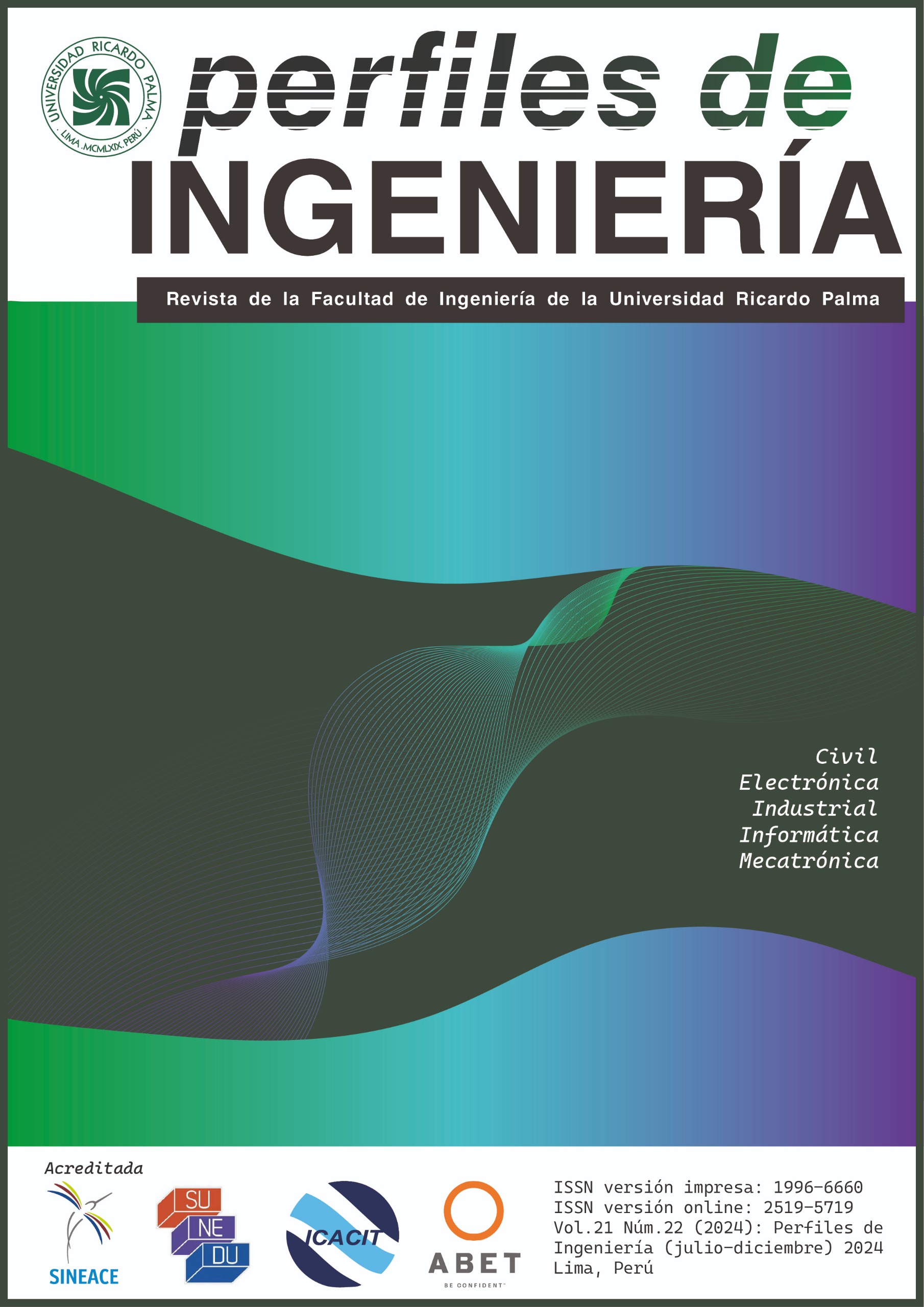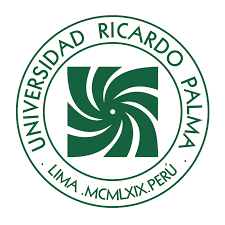Analysis of the resistance and durability of concrete with photoluminescent pigments
DOI:
https://doi.org/10.31381/perfilesingenieria.v21i22.7203Keywords:
photoluminescent pigments, compressive strength of concrete, flexural strength of concrete, luminosity and durabilityAbstract
This study aimed to analyze the impact of photoluminescent pigments on the mechanical properties of concrete, specifically its resistance to compression and bending. The type of research was descriptive with a review of previous experimental works that evaluate concrete with pigments in concentrations of 0%, 1%, 2%, and 4%. The results showed a significant decrease in compressive and flexural strength with increasing pigment concentration, the reduction being up to 31.4% and 16.7%, respectively. Despite these decreases, there will be an improvement in visibility in the dark and an increase in the luminous intensity of the pigmented concrete. However, an increase in water absorption and lower resistance to freeze-thaw cycles was also found, affecting the durability of the material. The study concludes that photoluminescent pigments have a negative impact on the compressive and flexural strength as well as the durability of concrete and suggests that, although photoluminescent pigments provide aesthetic value, their use in structural applications should be carefully evaluated to balance the visual benefits with the structural integrity and durability of concrete.
Downloads
References
J. Gao, *Photoluminescent Materials: Principles and Applications*. Wiley-VCH, 2020.
H. Huang and Y. Liu, "Effects of photoluminescent pigments on the mechanical properties of cement-based materials," *Journal of Building Materials*, vol. 20, no. 2, pp. 113-122, 2017, doi: 10.1016/j.jbuildmat.2016.12.002.
L. Jin, H. Zhang, and Y. Wang, "Evaluation of the effects of photoluminescent pigments on the mechanical strength and durability of concrete," Journal of Construction Materials, vol. 5, no. 3, pp. 142-155, 2018.
X. Zhang, Y. Zhang, and Y. Lu, "Impact of photoluminescent pigments on the strength and visual performance of concrete," Construction and Building Materials, vol. 210, pp. 711-719, 2019.
Y. Bai, Q. Li, and Z. Wang, "Investigation of photoluminescent properties and mechanical performance of concrete with luminous pigments," Materials Science and Engineering, vol. 796, pp. 123-134, 2021.
A. M. Neville, *Properties of Concrete*, 5th ed. Longman, 2011.
P. K. Mehta and P. J. M. Monteiro, *Concrete: Microstructure, Properties, and Materials*, 4th ed. McGraw-Hill, 2014.
C. Hogan, *Concrete: Microstructure, Properties, and Materials*. CRC Press, 2015.
S. Jin, H. Zhang, and X. Zhang, "Performance of concrete incorporating luminescent pigments: Mechanical and durability aspects," *Journal of Materials in Civil Engineering*, vol. 30, no. 10, pp. 04018245, 2018. doi: 10.1061/(ASCE)MT.1943-5533.0002552.
Y. Zhang, X. Liu, and Y. Zhao, "Review of the impact of additives on the mechanical properties of concrete," *Cement and Concrete Research*, vol. 119, pp. 72-85, 2019. doi: 10.1016/j.cemconres.2018.10.005.
J. Bai, S. Wang, and X. Zhang, "Optical performance and durability of concrete with photoluminescent pigments: A comprehensive study," *Journal of Building Performance*, vol. 12, no. 2, pp. 45-56, 2021. doi: 10.3801/JBP.2021.12.2.45.
Downloads
Published
How to Cite
Issue
Section
License
Copyright (c) 2024 Esther Joni Vargas Chang, Jesús Hernán Pastor Cavero

This work is licensed under a Creative Commons Attribution 4.0 International License.
In the event that the manuscript is approved for its next publication, the authors retain the copyright and assign to the journal the right of publication, edition, reproduction, distribution, exhibition and communication in the country of origin, as well as in the abroad, through print and electronic media in different databases. Therefore, it is established that after the publication of the articles, the authors may make other types of independent or additional agreements for the non-exclusive dissemination of the version of the article published in this journal (publication in books or institutional repositories), provided that it is explicitly indicated that the work has been published for the first time in this journal.
To record this procedure, the author must complete the following forms:

1.png)








